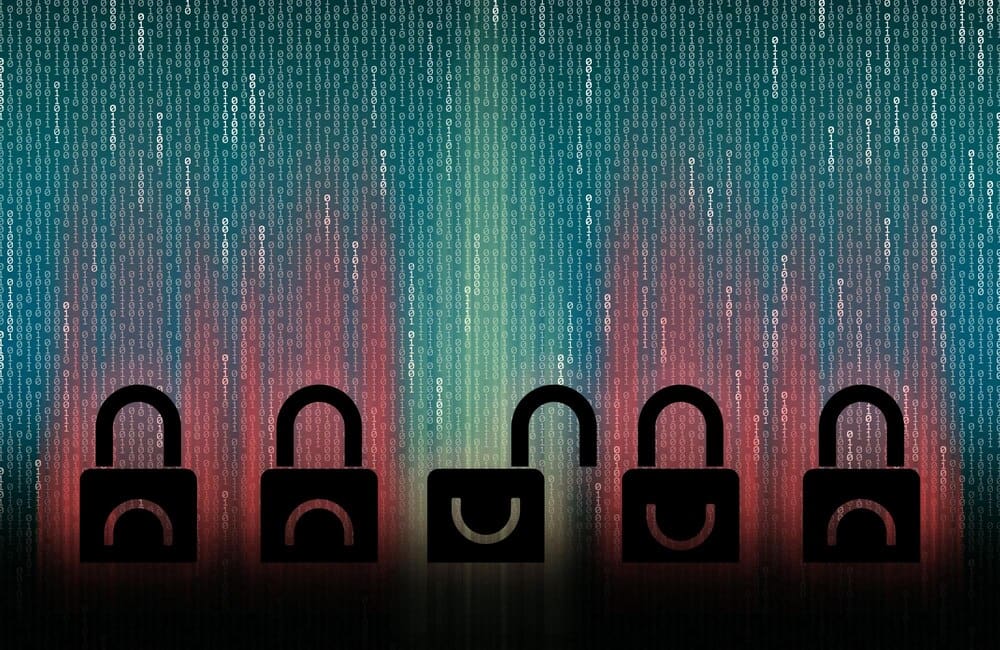In today’s hyper-connected digital economy, businesses of all sizes are facing a relentless and sophisticated barrage of cybersecurity threats that can cripple operations, expose sensitive data, and inflict catastrophic financial damage. Malicious actors, ranging from lone-wolf hackers to state-sponsored groups, are continuously evolving their tactics, leveraging advanced technologies like artificial intelligence to bypass traditional defenses. Understanding this dynamic threat landscape is no longer just the responsibility of the IT department; it is a critical strategic imperative for every business leader aiming to protect their assets, reputation, and long-term viability in an increasingly hostile digital world.
1. Phishing and Social Engineering
Despite growing awareness, phishing remains the most pervasive and effective method for initiating a cyberattack. At its core, social engineering exploits human psychology rather than technical vulnerabilities, tricking employees into divulging sensitive information or performing actions that compromise security. These attacks often arrive as emails, text messages, or social media DMs impersonating trusted entities like banks, vendors, or even company executives.
The sophistication of these attacks has grown immensely. Attackers conduct extensive research on their targets to craft highly personalized messages, a technique known as spear phishing. An even more targeted variant, whaling, specifically aims at high-level executives with the authority to approve large financial transactions or access critical company data. The success of these methods hinges on creating a sense of urgency, authority, or fear, compelling the victim to act before thinking critically.
2. Ransomware
Ransomware has evolved from a digital nuisance into a multi-billion dollar criminal enterprise that poses an existential threat to organizations. In a typical attack, malware encrypts a victim’s files, rendering them inaccessible, and attackers then demand a hefty ransom, usually in cryptocurrency, in exchange for the decryption key. The impact goes far beyond the ransom itself, leading to prolonged business downtime, significant recovery costs, and severe reputational damage.
Modern ransomware gangs have escalated their tactics through a strategy called double extortion. Before encrypting the data, they first exfiltrate, or steal, a copy of it. If the victim refuses to pay the ransom, the attackers threaten to leak the sensitive data publicly. This adds immense pressure, as a data breach can trigger regulatory fines and lawsuits, making the decision of whether to pay far more complex.
3. AI-Powered Threats
The rise of generative artificial intelligence is a double-edged sword. While offering incredible business potential, it has also armed cybercriminals with powerful new tools. AI can now be used to generate highly convincing phishing emails at scale, complete with flawless grammar and context-specific details that make them nearly indistinguishable from legitimate communications. This automates and enhances the effectiveness of social engineering campaigns.
Furthermore, AI is being used to create deepfake audio and video. Imagine receiving a voice message from your CEO, perfectly mimicking their voice, instructing you to make an urgent wire transfer. AI can also be deployed to probe networks for vulnerabilities, learn security system behaviors, and craft polymorphic malware that changes its code to evade detection by traditional antivirus software. This new frontier of cyberattacks requires equally intelligent and adaptive defense mechanisms.
4. Supply Chain Attacks
Why break down a fortress door when you can be let in through a side gate by a trusted partner? This is the logic behind a supply chain attack, one of the most insidious and far-reaching threats today. Instead of targeting a well-defended organization directly, attackers compromise a less secure third-party vendor, such as a software provider or managed service provider (MSP), that has trusted access to the primary target’s network.
The infamous SolarWinds attack is a prime example, where hackers inserted malicious code into a software update for a popular IT management tool. This trojanized update was then unknowingly distributed to thousands of customers, including government agencies and major corporations, giving the attackers a backdoor into some of the world’s most secure networks. This highlights the critical need for rigorous third-party risk management and vetting the security posture of all vendors in your ecosystem.
5. Insider Threats
Not all threats originate from the outside. An insider threat comes from a current or former employee, contractor, or business partner who has legitimate access to an organization’s systems and data. These threats can be broadly categorized into two types: malicious and negligent. A malicious insider, perhaps a disgruntled employee, intentionally steals data or sabotages systems for personal gain or revenge.
A negligent insider, however, poses a threat unintentionally. This could be an employee who falls for a phishing scam, uses a weak password, or misconfigures a cloud server, accidentally creating a security hole. Because these individuals already have authorized access, detecting their harmful activities can be incredibly difficult, as they often don’t trigger the same alarms as an external intrusion.
6. Cloud Security Misconfigurations
The rapid migration to cloud services (IaaS, PaaS, SaaS) has unlocked immense flexibility and scalability, but it has also introduced new layers of complexity and risk. A common misconception is that cloud providers like Amazon Web Services (AWS), Microsoft Azure, or Google Cloud are solely responsible for security. In reality, security is a shared responsibility, and while the provider secures the underlying infrastructure, the customer is responsible for securing their data and configuring access controls correctly.
Simple misconfigurations are a leading cause of cloud data breaches. This includes leaving a storage bucket (like an AWS S3 bucket) publicly accessible, using weak identity and access management (IAM) policies, or failing to enable multi-factor authentication (MFA). The sheer complexity of multi-cloud environments makes it easy for these small errors to occur, creating gaping holes for attackers to exploit.
7. Internet of Things (IoT) Vulnerabilities
The explosion of connected devices—from smart thermostats and security cameras to industrial sensors and medical equipment—has dramatically expanded the digital attack surface for businesses. Many IoT devices are designed with convenience and cost in mind, not security. They are often shipped with weak, default passwords and lack the capability for easy software updates or patching.
This makes them low-hanging fruit for attackers, who can easily compromise thousands of these devices and corral them into massive botnets. These botnets, like the infamous Mirai, can then be used to launch devastating Distributed Denial-of-Service (DDoS) attacks or serve as a beachhead to pivot into the core corporate network to which they are connected.
8. Business Email Compromise (BEC)
Business Email Compromise (BEC) is a highly targeted and lucrative form of cybercrime that the FBI consistently ranks as one of the most financially damaging. Unlike broad phishing campaigns, BEC attacks are meticulously researched social engineering schemes that don’t rely on malware. The attacker typically impersonates a high-level executive (like the CEO or CFO) or a trusted vendor.
The attacker then sends a carefully crafted email to an employee in the finance or accounting department, requesting an urgent wire transfer to a fraudulent account. The email leverages a sense of authority and urgency, often citing a confidential deal or a late payment, to bypass normal verification procedures. The losses from a single successful BEC attack can run into the hundreds of thousands or even millions of dollars.
9. Denial-of-Service (DoS/DDoS) Attacks
A Distributed Denial-of-Service (DDoS) attack is a brute-force attempt to make an online service unavailable to its intended users. Attackers achieve this by overwhelming the target—such as a website or a network—with a flood of internet traffic from a multitude of compromised sources. This digital traffic jam prevents legitimate users from accessing the service, leading to business disruption and lost revenue.
While not a new threat, DDoS attacks have grown in scale, intensity, and frequency. They are no longer just tools for “hacktivists” but are also used for extortion, competitive sabotage, or as a smokescreen to distract security teams while a more targeted intrusion, such as data theft, is carried out in the background.
10. Outdated Software and Unpatched Systems
One of the most fundamental yet commonly overlooked threats is the failure to maintain proper cyber hygiene through timely software patching. When a security vulnerability is discovered in a piece of software, developers release a patch to fix it. However, a critical window of exposure exists between the release of that patch and its application by an organization.
Cybercriminals actively scan for systems running outdated software with known, unpatched vulnerabilities. Exploiting these flaws is often a simple, automated process. The global WannaCry ransomware attack in 2017, which crippled organizations worldwide, spread primarily by exploiting a known Windows vulnerability for which a patch had been available for months. A consistent and disciplined patch management program is one of the most effective defenses against a wide range of attacks.
Conclusion
The cybersecurity threat landscape is not static; it is a dynamic and adversarial environment where defensive strategies must constantly evolve to counter new and emerging attack vectors. Protecting a business today requires a multi-layered, proactive approach that goes beyond technology. It demands a culture of security awareness, rigorous process controls, and a strategic understanding that cybersecurity is not an IT cost center, but a fundamental pillar of business resilience and growth.








